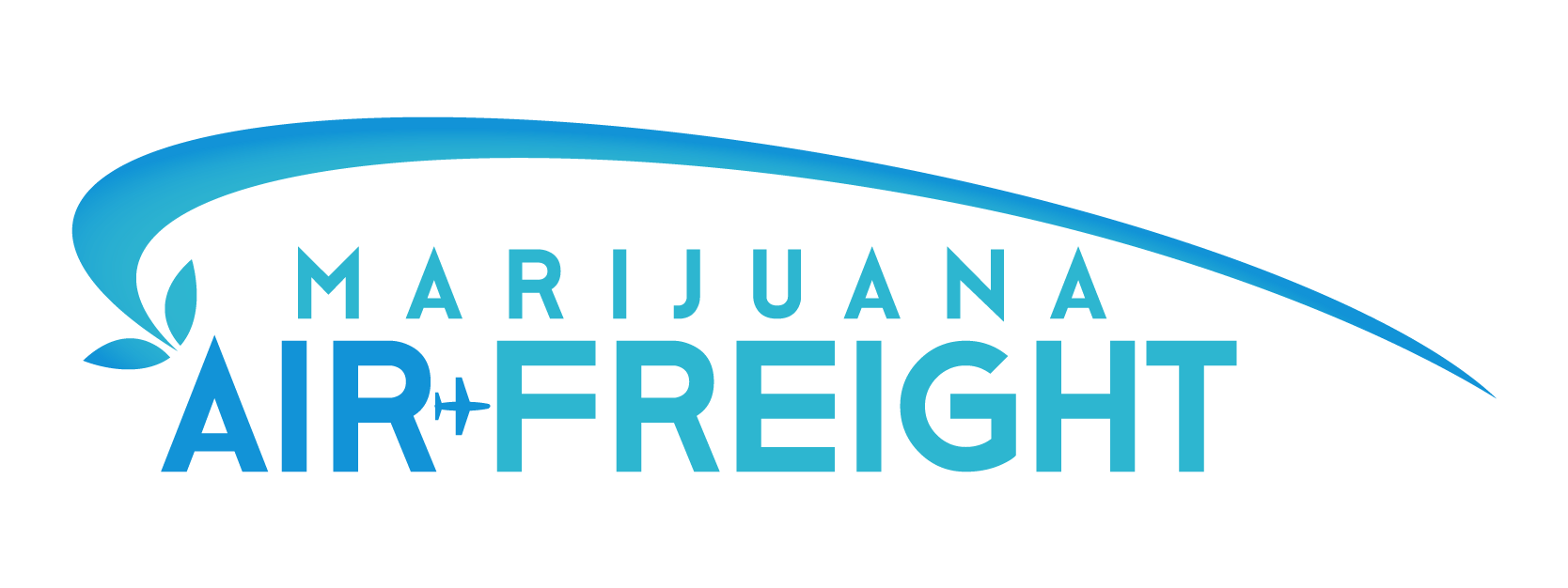The evolution of freight logistics for regulated products like tobacco and alcohol offers a compelling blueprint for the cannabis industry—an industry still navigating the legal, logistical, and political hurdles of national and international distribution. While the end goal for many cannabis operators is global trade via land, sea, and air, learning from the century-long freight infrastructure of tobacco and alcohol could be critical in setting realistic timelines, scalable systems, and compliant supply chains.
Regulatory Evolution Shapes Freight Expansion
Tobacco and alcohol both faced decades of strict regulation before achieving seamless global and domestic freight routes. Alcohol logistics were reshaped after Prohibition ended in 1933, leading to a three-tier distribution model involving manufacturers, distributors, and retailers. Freight regulation became standardized, with licensing bodies monitoring transport, taxation, and interstate commerce.
Tobacco followed a similarly controlled path. The Master Settlement Agreement of 1998 and federal excise tax laws created transparency and compliance checkpoints throughout the distribution chain. These regulations made it possible to move tobacco efficiently across states and international borders, with GPS tracking, bonded warehouses, and customs clearance processes forming the backbone of its freight system.
Cannabis remains federally illegal in the United States and is restricted in most global jurisdictions. Until regulatory harmonization occurs—either via federal rescheduling, decriminalization, or international trade agreements—the cannabis industry will remain siloed. But once the green light is given, the industry could adopt a hybrid logistics model informed by the lessons learned from tobacco and alcohol.
Land Freight: The First Scalable Step
Overland shipping of cannabis is already the primary mode of transport in legal U.S. states. The future could mirror the tobacco freight model, where large distribution centers coordinate with regional carriers to service dispensaries and wholesalers. Compliance mechanisms like METRC or BioTrack mirror the track-and-trace systems used for cigarette tax stamps and alcohol licensing audits.
One key lesson: centralized freight hubs streamline movement and lower security risks. Just as alcohol producers rely on bonded warehouses, cannabis operators could employ secure distribution centers positioned near state lines or major urban areas, once interstate commerce is allowed.
Sea Freight: International Trade Possibilities
Alcohol—particularly wine and spirits—has long thrived on international shipping routes, backed by international trade agreements and customs protocols. Similarly, some tobacco brands rely on sea routes for global distribution, with regulated ports and bonded facilities ensuring chain-of-custody.
For cannabis to follow suit, global policy reform must occur. Countries like Canada and Uruguay already allow for international medical cannabis exports, shipping flower, oils, and isolate to Germany, Israel, and Australia. If more nations align on Good Manufacturing Practices (GMP), phytosanitary certifications, and harmonized import/export laws, sea freight could become viable for cannabis, especially for bulk shipments of raw materials and medical-grade extracts.
Air Freight: The Future of High-Speed Cannabis Logistics
Alcohol and tobacco use air freight sparingly, primarily for high-value, limited-edition products or rapid resupply. However, cannabis could benefit more broadly from airborne logistics, especially for fresh flower, vape cartridges, and medical products that require rapid delivery or cold chain maintenance.
But current laws prohibit cannabis on most international and federal air routes. If legalization and regulation mirror the controlled substances handling protocols used for pharmaceuticals, air freight might become feasible. Partnerships with cargo-only airlines or specialized freight forwarders could facilitate temperature-controlled, tamper-proof cannabis air cargo networks in the future.
Lessons Learned
The freight blueprints built by the tobacco and alcohol industries offer a solid foundation for cannabis logistics—but only if legislation evolves in parallel. By mimicking compliance-driven frameworks, leveraging hub-and-spoke distribution models, and planning for future global trade lanes, the cannabis industry can position itself for scalable, multi-modal freight operations across land, sea, and air.
Until that day comes, lessons from the past remain the compass guiding the cannabis industry’s freight future.
Discover: How Israel’s Air Freight Cannabis Model Sets a Precedent
